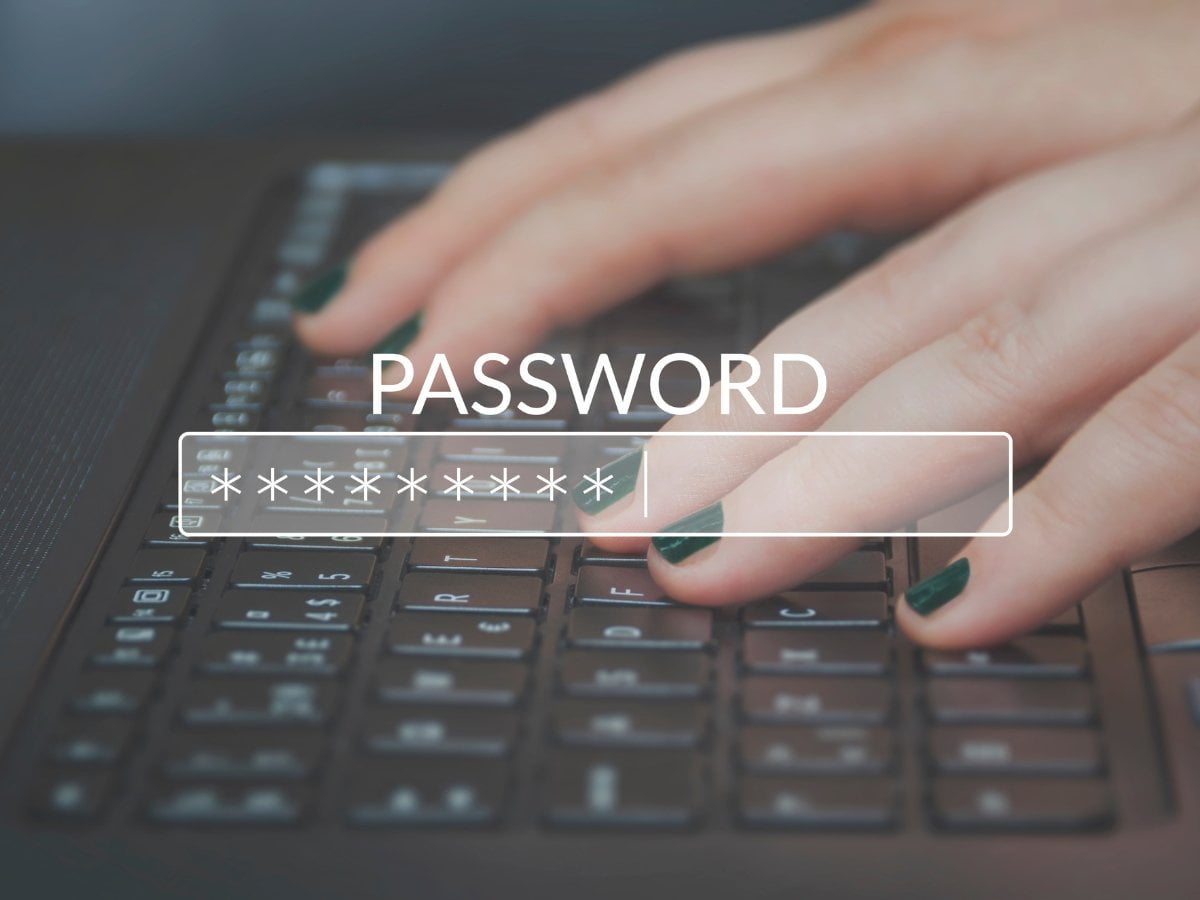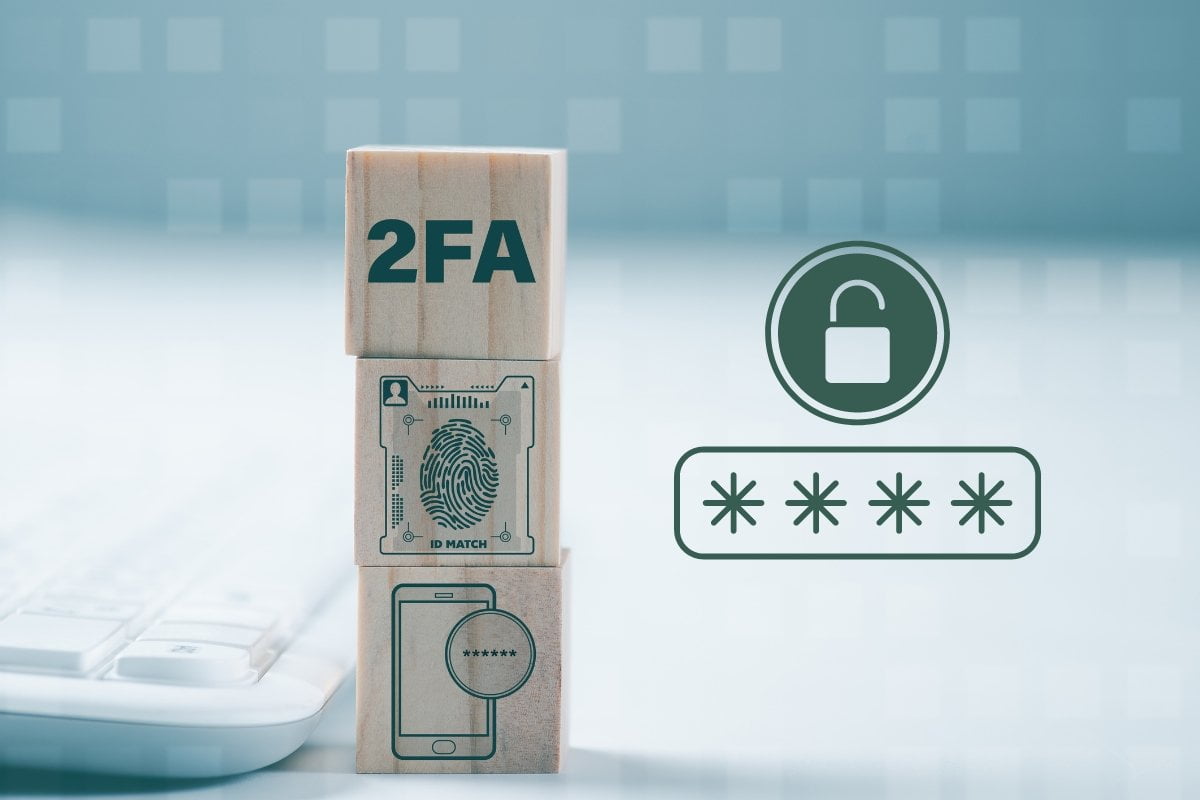In today’s digital era, securing your website is more important than ever. With the rise of cybercrime, it is essential to be sure that your security measures are up to date and effective. One way to do this is by implementing 2-factor authentication (2FA). 2FA is a security measure that adds an extra layer of protection for your website and any sensitive data stored in it. The method works by requiring two processes for authentication instead of one, making it harder for unauthorized people to gain access.
Having a secure website is essential for both businesses and individuals alike. Not only does it help protect yourself from cyber-attacks, but it also shows customers and visitors that you take your website’s security seriously. 2-factor authentication can be a great way to add an extra layer of protection to your website, while also giving you peace of mind knowing that your data is safe.
So, how can you get started with 2FA? Keep reading to find out!
What is 2-Factor Authentication?
2-Factor authentication, also known as two-step verification, is a security process that requires two separate forms of authentication in order to protect your website. This is an important security measure to add, as it will help keep your site – and its users’ data – safe. It is an attractive option for any business looking to keep their websites secure and their customer data protected.
2-Factor authentication works by using two different methods to authenticate the user. The first method is often a password or PIN that the user must enter in order to access the website. The second method is another form of verification, such as an email or text message containing a unique code that must be entered. Both the password and the code must be entered correctly in order for the website to be accessed. This additional layer of security is extremely effective for protecting websites from hackers and other unauthorized access.

Benefits of 2-Factor Authentication
Two-factor authentication, or 2FA, provides an extra layer of security when accessing online accounts. This system requires two different forms of authentication, such as a password, PIN, or biometrics, to access an account and protect it from unauthorized access.
The benefits of implementing two-factor authentication are numerous. Here are just a few of the key benefits:
- Increased Protection: 2FA adds an extra layer of security to your accounts, making it harder for unauthorized users to access them. This can help prevent cyber criminals from stealing your personal data or using your account for malicious purposes.
- Improved Security: With 2FA, you can set up a unique security code for each account or device that you use, making it harder for hackers to guess your passwords. This helps to protect you from malicious attacks, such as phishing, malware, and other forms of cybercrime.
- Convenience: 2FA provides a quick and convenient way to access your accounts without having to remember passwords, PINs, and other security codes. This can also help to reduce the time it takes to log into your accounts and make it easier to access them on the go.
- Cost Savings: Implementing two-factor authentication can help you save money by reducing the risks associated with cybercrime and data breaches. This can help you avoid costly repairs and replacement costs that can arise from a data breach.
These are just some of the key benefits of implementing two-factor authentication. By utilizing this security system, you can help protect your accounts and personal data from cyber criminals, while also improving the ease and convenience of accessing your accounts.
How Do You Set Up 2-Factor Authentication for Your Website?
Two-factor authentication (2FA) is a great way to increase the security of your website and protect it from malicious attacks. With 2FA enabled on your website, users will need to provide a valid code along with their username and password to gain access to the website. To set up 2FA on your website, you will need to generate a unique code for each user. You can do this using a third-party authentication service such as Google Authenticator, Authy, or Duo Security.
Once you have chosen a service provider, you will need to create an account and then generate a code for each user that is associated with that account. When a user signs up to your website, they will be asked to enter their code before they can access the website. Once the code is verified, the user will be given access to the site.
In addition to the code-based authentication process, you can also add an extra layer of security to your website by setting up a one-time password (OTP). OTPs are short, temporary codes that are sent to users through text message or email. These codes are only valid once, so they provide an added layer of security to your website.
Finally, you can also enable two-factor authentication on your website by implementing a biometric authentication process. This involves using a device such as a fingerprint scanner or eye scanner to verify a user’s identity. This type of authentication is becoming increasingly popular, as it provides an extra layer of security and is more difficult to hack into.
By setting up 2-factor authentication on your website, you can ensure that only authorized users have access to your site. This added protection will help keep your website safe and secure from potential attacks.
Alternatives to 2-Factor Authentication
Two-factor authentication (2FA) is a method of authentication that requires two forms of verification – usually a username and password, plus a generated code from a smartphone app – to access an online account. While 2FA is an effective security measure, there are other alternatives for website owners looking for additional protection. Multi-factor authentication (MFA) requires more than two authentication factors. This could include verifying a user’s identity using biometrics, like facial recognition or fingerprints.
Additionally, IP address verification, token-based authentication, or SMS verification can also be used to secure an online account. For additional protection, website owners should consider implementing a combination of 2FA, MFA, and other security measures.

Conclusion
Two-factor authentication (2FA) is a powerful security measure that helps protect your website from unauthorized access. By requiring users to enter a code sent to their email or mobile device, 2FA provides an additional layer of authentication on top of traditional username and password combinations. This means that even if someone were to guess a user’s password, they would still need to have access to the user’s email or mobile device to gain access to the website.
By implementing 2FA, you can dramatically reduce the risk of unauthorized access to your website. Additionally, 2FA can help protect customer data and financial information, as well as protect against malware, ransomware, and phishing attacks. With a wide range of easy-to-use and secure 2FA solutions available, there’s no excuse for not taking the necessary steps to keep your website secure.





